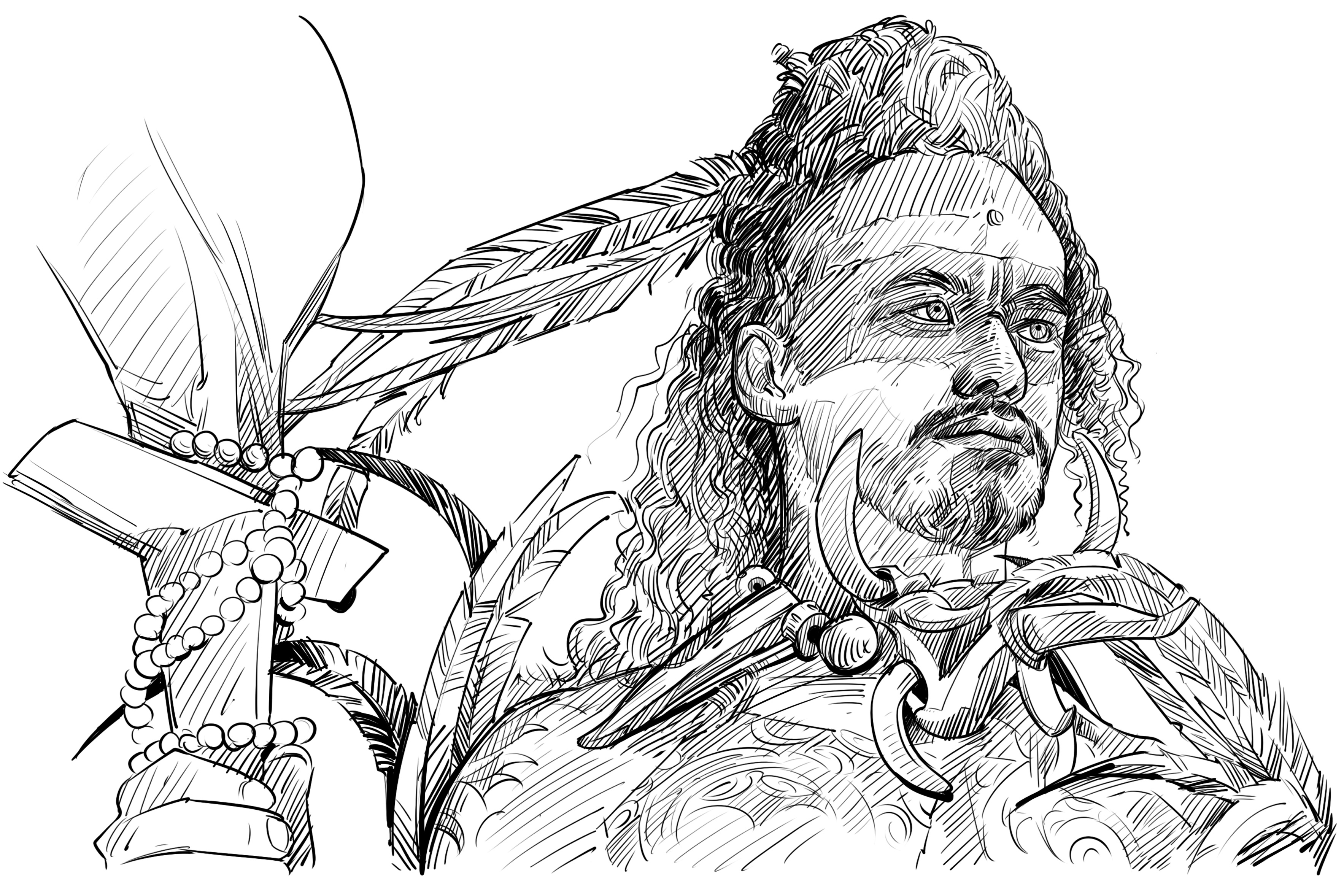Iatmul Tribes from Papua New Guinea
The Iatmul people inhabit the Middle Sepik River region of Papua New Guinea.

The Iatmul people inhabit the Middle Sepik River region of Papua New Guinea, known for their vibrant culture, complex social organization, and remarkable artistry. This community, living in one of the most linguistically and culturally diverse regions on the planet, offers a fascinating glimpse into the ways traditional societies adapt to their environments and maintain their cultural practices amidst changing times.
Environment and Lifestyle
The Iatmul primarily reside in villages along the banks of the Sepik River.
This environment is central to their way of life, with the river providing
resources for fishing, transportation, and cultural activities. Their economy is
largely subsistence-based, relying on fishing, sago palm cultivation (a staple food),
and small-scale agriculture. The river and surrounding rainforest are integral to
their existence, not only for sustenance but also as the basis of their spiritual
beliefs and practices.
Social Structure
Iatmul society is matrilineal, meaning lineage and inheritance are traced through
the mother's line. This matrilineal system influences various aspects of social
life, including residence patterns, marriage, and leadership roles. Social
organization revolves around the clan system, with each clan associated with
specific totemic symbols and myths. Clans are crucial for maintaining social
order and identity within the community.
Spiritual Beliefs and Rituals
Spirituality is deeply ingrained in Iatmul culture, characterized by a rich
cosmology that blends animism, ancestor worship, and the veneration of spirits
associated with natural elements. Their rituals and ceremonies often serve to
maintain harmony between the physical and spiritual worlds. One of the central
aspects of Iatmul spirituality is the men's house (or "haus tambaran"), which
serves as both a sacred space for rituals and a repository for ancestral
carvings and masks. These structures are not only architectural marvels but
also symbolize the community's collective identity.
Art and Symbolism
Iatmul art is renowned for its intricate carvings, elaborate ceremonial masks,
and body art, all of which are imbued with symbolic meaning. Their artistic
expressions are a key medium through which social norms, spiritual beliefs,
and ancestral stories are communicated and preserved. Carvings often depict
human figures, animals, and mythical beings, representing clan ancestors or
spirits. The Iatmul are also famous for their elaborate initiation ceremonies,
which include scarification and other body modifications to mark the transition
from youth to adulthood, symbolizing strength, beauty, and social standing.
Challenges and Adaptation
The Iatmul, like many indigenous groups globally, face challenges from
external pressures such as modernization, environmental degradation, and
globalization. These forces threaten to erode traditional ways of life and
the natural habitats upon which these communities depend. However, the Iatmul
have shown resilience and adaptability, finding ways to engage with the modern
world while striving to preserve their cultural heritage and sustain their
environmental resources.
Conclusion
The Iatmul people of Papua New Guinea present a compelling example of a
society that, while deeply rooted in tradition, is navigating the complexities
of the modern world. Their rich cultural practices, artistry, and social
structures offer valuable insights into the diversity of human societies and
the universal challenge of balancing tradition with change.